“My advice is to find a customer engagement platform that offers a broad portfolio of solutions that are designed to work together to create seamless customer experiences across all touch points, with the depth and breadth of experience to bolster confidence,” says David Singer, Vice President of Product Strategy, Verint Systems, in an exclusive interview with TalkCMO.
TalkCMO: In your opinion, what’s the connection between customer engagement and driving business results?
David Singer: Prior to the pandemic, organizations were struggling to handle the increasing complexity of customer engagement. Engagement channels and customer journeys have doubled and even tripled in the last 10 years; customer interactions have grown into the millions, and with increasing complexity; and organizations have fewer teams or resources to manage these growing and increasingly challenging customer interactions.
The pandemic has emphasized excellence in customer engagement as a key business imperative – most notably brands meeting rising customer expectations for responsiveness across multichannel. Loyal customers are the heartbeat of an organization, so finding creative ways to keep them engaged that set your brand apart from the competition is increasingly critical to business success in today’s customer engagement era. There are four stages brands can hope to achieve customer engagement success:
- First Experience – When a customer engages with a brand for the first time, that brand never has a second chance to make a first impression. Brands should do whatever it takes to make this experience unique and memorable.
- Building the Relationship – When a customer engages with a brand for the second or third time, at this stage, the relationship is becoming more meaningful as customers become more familiar with the brand. The organization’s goal is to learn more about the customer as the relationship continues to be nurtured.
- Loyalty – The customer is now regularly engaging with the brand. Their level of familiarity with the organization is now well established, and the primary need is for easy self-serve channels that offer maximum convenience and value the customer’s time and effort.
- Advocacy – By this time, customers are highly proficient in their dealings with the organization and can be elevated to brand advocacy status.
Also Read: Traditional Marketing or Modern Conversation Marketing – What Works Better?
TalkCMO: There is an abundance of available technology today, which among them do you think has massive potential in terms of CX innovation?
David Singer: We see cloud and AI-driven technologies having the most significant impact on achieving CX success – thoughtfully marrying people and bots to work together to ensure enduring customer relationships. Cloud allows for the rapid deployment and evolution of customer engagement solutions, while AI reduces the configuration and maintenance effort of traditional rules-based solutions. These two core technologies power all the customer engagement technologies that brands need and customers expect.
My advice is to find a customer engagement platform that offers a broad portfolio of solutions that are designed to work together to create seamless customer experiences across all touch points, with the depth and breadth of experience to bolster confidence.
TalkCMO: As a global leader in actional intelligence solutions, how do you think actionable intelligence helps businesses scale without taking a chunk out of the company funds?
David Singer: Customer engagement technology can help organizations leverage automation and AI to help deflect calls coming into the contact center and divert many of these interactions to a lower-cost self-service channel such as a website or an IVA. Oftentimes, these channels are faster and more convenient for the customer so it’s a win-win.
Customer engagement technology can also be used to understand where the customer pain points are and to prioritize customer engagement improvements to improve the customer experience and reduce the time and costs the organization must invest in fixing “broken” customer service processes.
The pandemic redirected consumers online like never before. As a result, we’ve seen a massive explosion in digital channels, self-service, and an increase in the raw volume of customer interactions and see this trend continuing. Today, organizations need to be ready and scalable to expand in all of these dimensions, including adopting actionable intelligence solutions to help drive better business decisions to safeguard customer loyalty.
TalkCMO: Customers want privacy but they also want brands to remember them and offer seamless CX. How can brands best achieve it?
David Singer: Building enduring customer relationships requires ensuring that organizations interact with customers in a personalized and contextualized way and the channel of their choosing.
Customers today have become a bit more trusting of organizations using their personal data as they recognize the value of more personalized sales and service experiences, as most appreciate service personalized to them and their interests.
The willingness of consumers to provide personal data is vital for organizations to meet rising customer expectations for personalized and relevant service. A growing percentage of consumers are comfortable providing their personal information to an organization in exchange for a discount or special offer. But organizations must walk a fine line with their level of data targeting for promotional/sales targeting.
Also Read: How Organizations Can Rethink the Employee Professional Brand Amid Hybrid Work Culture
ET Bureau: While digital data insights help make business decisions that revolve around customer engagement, what customer engagement challenges are yet to be addressed, in your perspective?
David Singer: Now, more than a year after the onset of the pandemic, only 50 percent of business leaders say they are well prepared to support customer engagement priorities moving forward, while 82 percent say the challenges of managing customer engagement will only increase in 2021.
The average enterprise is capturing customer engagement data from 7 to 9 different channels – and struggling to make sense of it all. While companies recognize the need to record and capture customer interactions – and the potential gold mine of actionable insights they are sitting on – the storage, integration, and management of all that unstructured data is a giant can of worms, rendering many organizations unable to leverage this data to their advantage and undermining the effectiveness of data mining, AI, or business intelligence initiatives.
Today, many organizations understand the tremendous value locked within their data and are building a variety of data hubs that feed into the enterprise data lake. Building an interaction data hub is especially difficult given the unstructured nature of customer engagement data, the types of modalities, and the wide range of communication channels and systems.
However, for organizations to quickly adapt and respond to ever-changing customer needs, they need to be able to leverage data across the organization to identify and react to trends, opportunities, and threats.
[vc_column][vc_tta_tour][vc_tta_section title=”David Singer” tab_id=”1602598322051-0408cb00-0e1c”][vc_column_text]
David Singer, Vice President of Product Strategy, Verint Systems With more than 25 years’ experience in the Customer Engagement and Customer Experience sector, David Singer is Vice President of Product Strategy for Verint.
[/vc_column_text][/vc_tta_section][/vc_tta_tour][/vc_column]
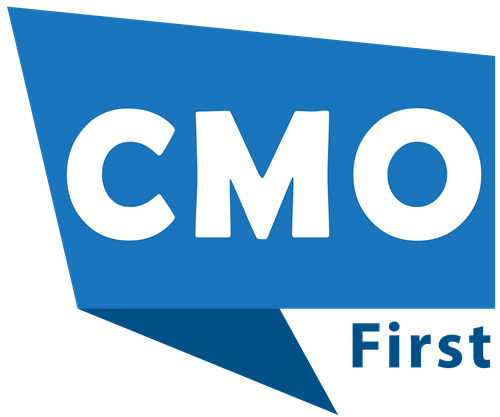









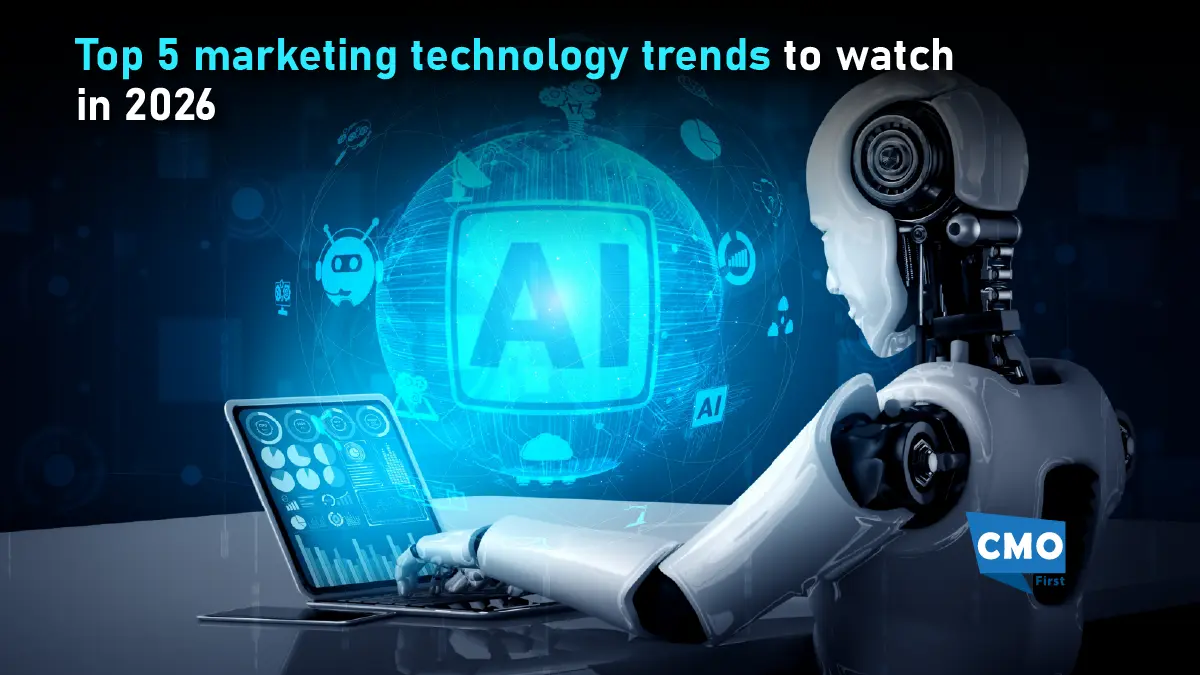
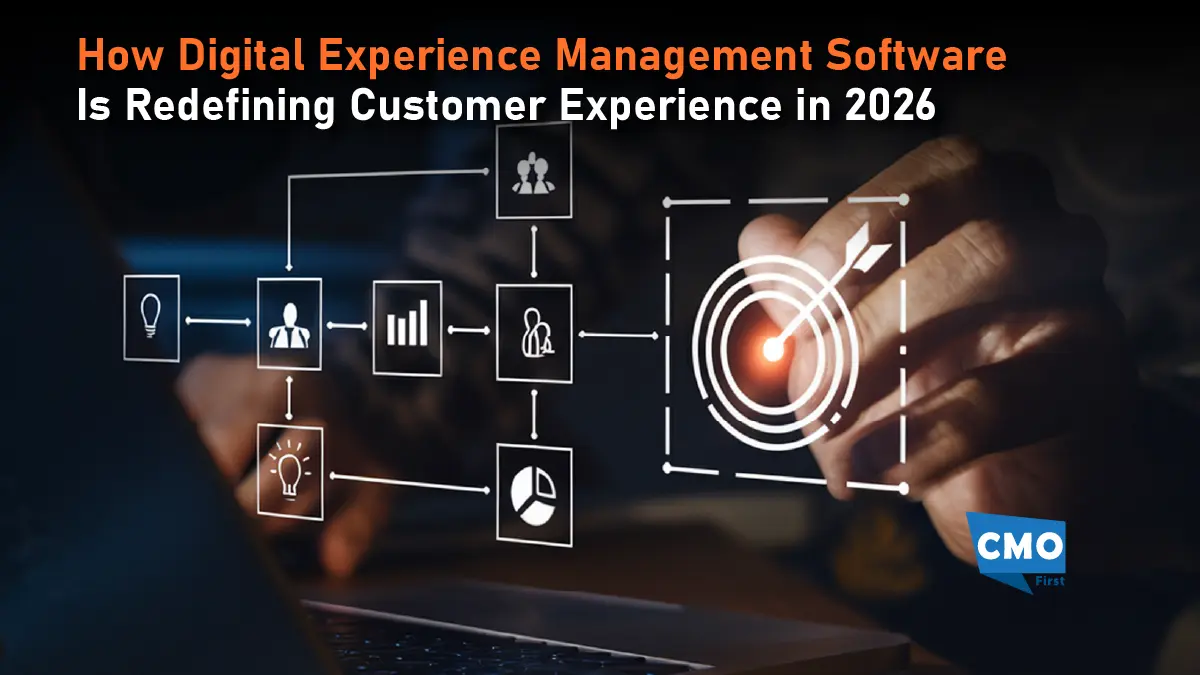
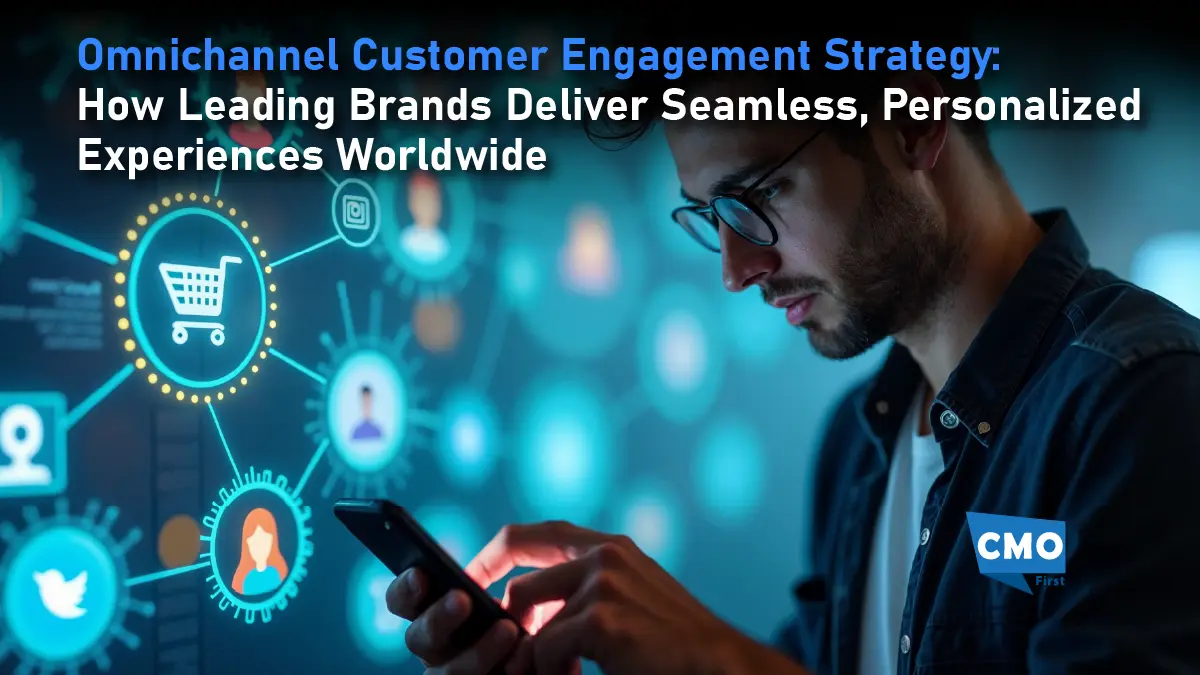



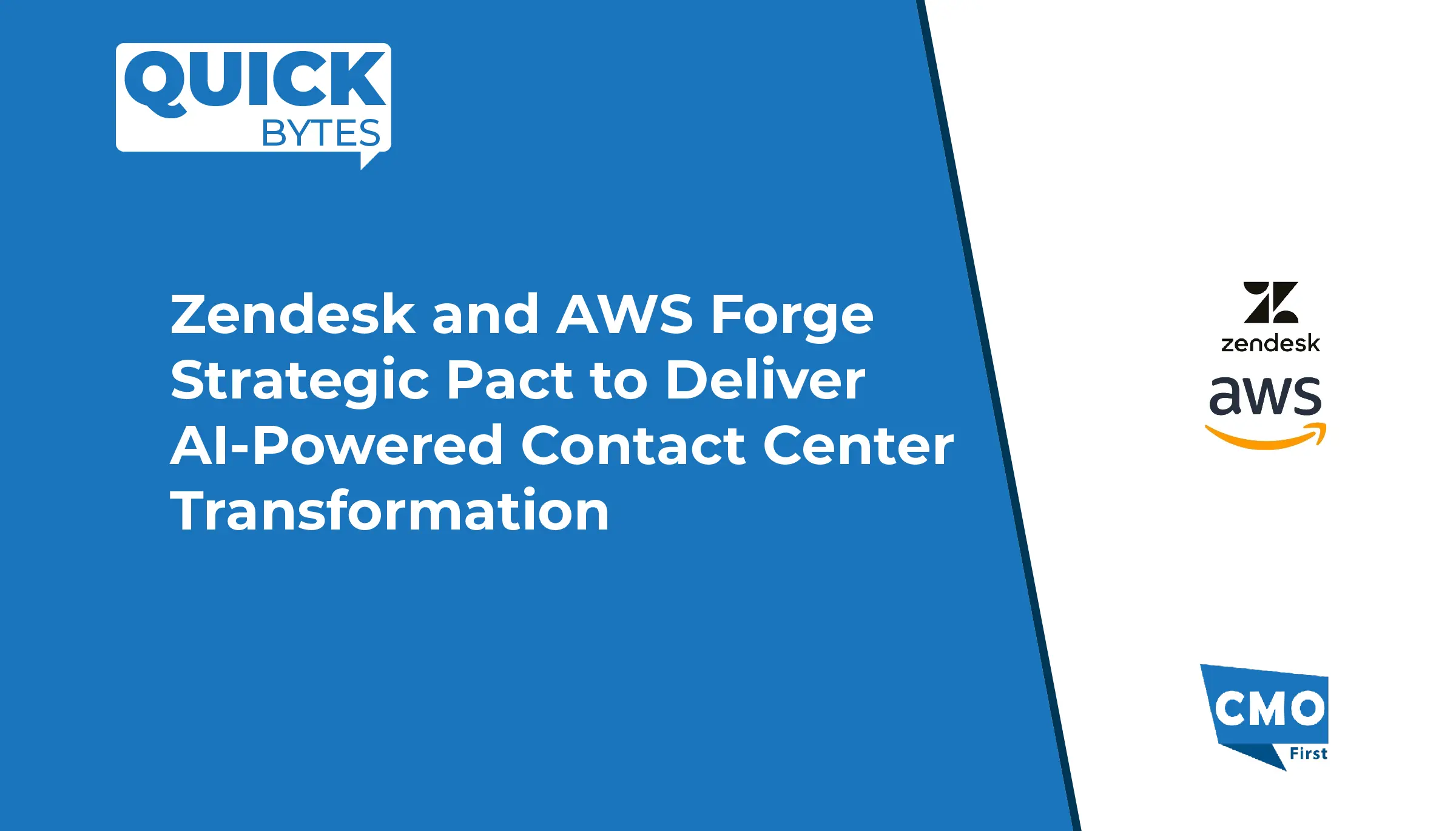








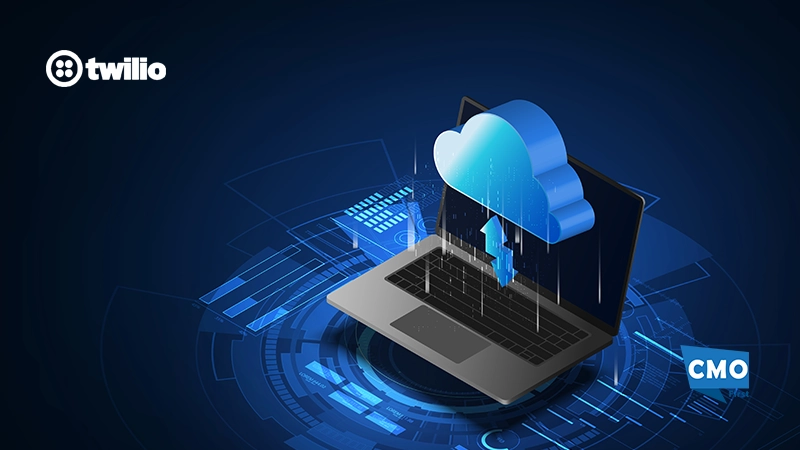
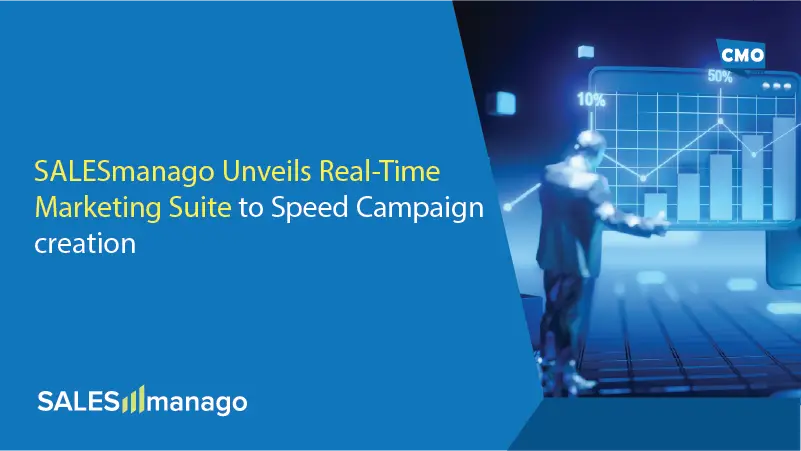
Leave a Reply